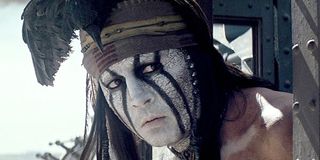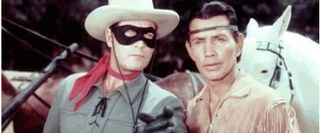The Lone Ranger
Latest about The Lone Ranger
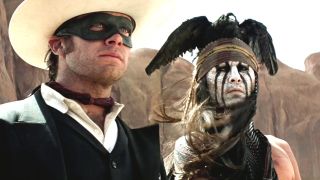
That Time Armie Hammer Had To Be Separated From Johnny Depp On (What Was Assumedly The Lone Ranger) Press Tour After Bringing Drugs
By Ryan LaBee published
This would have been an unforgettable press day.
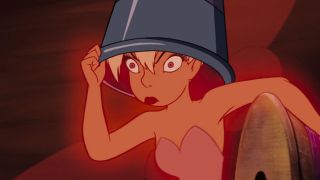
32 Most Annoying Disney Sidekicks
By Dirk Libbey published
The most annoying sidekicks in Disney history.
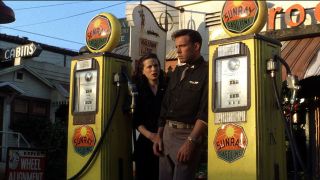
32 Of The Worst Oscar-Nominated Films
By Hugh Scott published
Not every Oscar-nominated film is a winner. Even when the nominations might be worthy, the films are not.
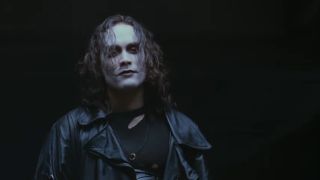
A Look Back At Fatal Accidents That Have Occurred On Movie Sets
By Hugh Scott published
Tragedy can strike anywhere at anytime. Here are 32 movies where a death, unfortunately, occurred on set.
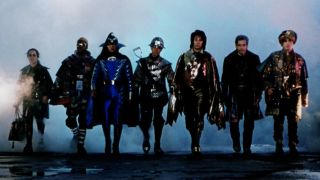
12 Comic Book Movies That Deserve A Reboot
By Jason Wiese published
It seems like every comic book movie gets a reboot these days, but when will the moment come for these titles?
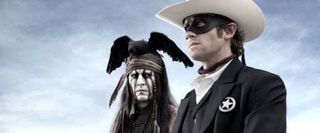
Johnny Depp Explains The Deep Meaning Of His Crazy Lone Ranger Costume
By Katey Rich last updated
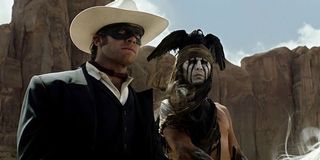
Johnny Depp And Armie Hammer Make The Ridiculous Claim That Critics Tanked The Lone Ranger
By Katey Rich last updated
CINEMABLEND NEWSLETTER
Your Daily Blend of Entertainment News
LATEST ARTICLES
